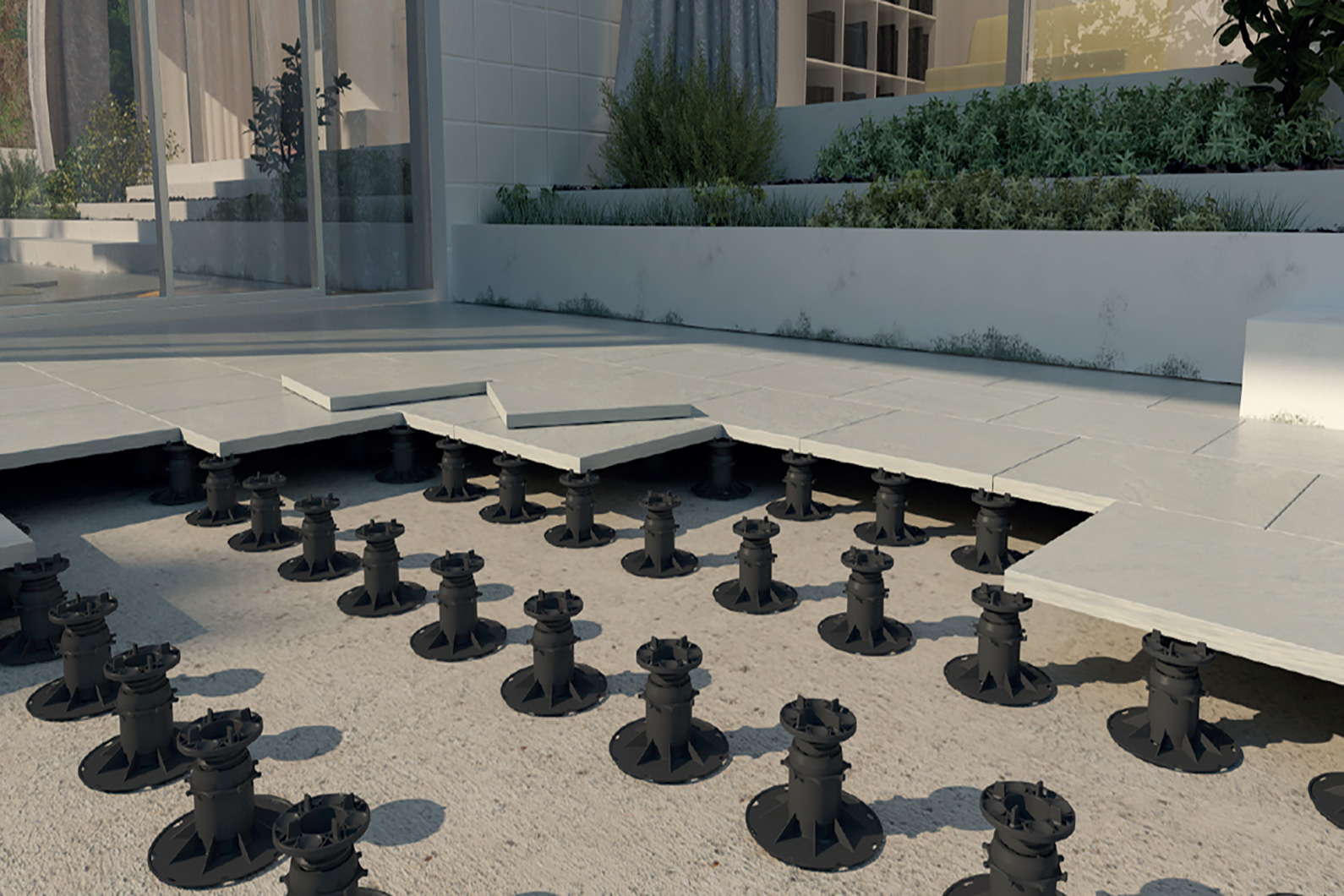Why You Should Clad A Shipping Container In Wood
Durable and uniform in shape, shipping containers can be repurposed into self-contained structures. With an estimated 14 million containers sitting idle around the world, opting for one of these modular structures for your next project could be a great way to recycle an unused item and give it new life. A home office, pop-up food and beverage station, and secure storage unit - these are some of the popular uses for both new and used shipping containers. Cladding enhances the flexibility of these modular units. Wood is one of the most appealing options for shipping container cladding, offering a natural, earthy aesthetic that allows it to blend into outdoor spaces. So what are some of the other advantages of cladding shipping containers? And what does wood cladding involve?
Benefits of cladding shipping containers
Cladding offers owners an attractive alternative to metal surfaces for exteriors. It adds another layer to your structure, thereby boosting insulation benefits. Different types of wood can offer novel and innovative design options for those seeking a unique look.
1. Offers an alternative to metal surfaces
You could be using a shipping container as a garden bed, art studio, mobile home, or semi-outdoor living area. Whatever the function of the space, you might be exploring options to cover the corrugated metal exterior. Painting over the metal is an option, but it won’t truly conceal the surface and give you a brand new look. Wood and other types of cladding provide an easy, convenient way to introduce a new surface to the outside of your structure and completely change the appearance of your container. A wood-clad container provides a natural appearance and blends well into the backyard, garden, or other natural surroundings.
2. Delivers extra layering and insulation
Metal shipping containers can be prone to concentrating heat in summer and cold in winter. As such, insulation is a vital consideration if you’re going to be spending time in the space. It’s equally important to insulate if you’ll be storing temperature-sensitive items in the container. Insulation can be added to the interior, but this does take away from the available space in what is already a compact living or storage area. On the other hand, wood cladding won’t reduce the living or storage space insider. At the same time, it adds an extra layer of insulation, minimising heat transfer to the metal substrate and enhancing comfort for those spending time there.
3. Provides choice of design and aesthetics
Mobile or container homes are a growing trend, thanks to their ease of installation, compact size, and predictable costs. In emergency scenarios, they can be transported, installed, and set up for those who need shelter without a lot of construction time or expertise. For those who enjoy building a tiny (or larger) house from shipping containers, having different options for design can be essential. Cladding can offer a relatively less expensive way to design your own custom modular home from scratch without buying a turnkey prefabricated model. Even if your modular structure is a secondary space such as a home office, cabin, or play area for the kids, choice of design is an important factor.
Timber and wood can come in a wide range of textures, colours, sizes, and shapes, so owners have plenty of choice even just within this category of cladding. Wood can be appealing to customers, visitors, and even buyers in the case of owner-sellers planning to renovate and sell. It allows your structure to blend effortlessly into the surroundings. It serves as a contrasting alternative for owners who seek a complete opposite to the sterile, industrial design associated with the metal frame of shipping containers.
How are shipping containers clad?
Cladding a shipping container can be a relatively straightforward process, although the work should always be performed by a qualified contractor. The actual process can vary depending on the type of cladding and the size and shape you’ve chosen. Generally speaking, it begins with affixing wooden batons to the exterior, and these would be placed horizontally. The batons then allow you to add the wood cladding vertically, typically in sections until you have covered the exterior.
So why clad your container?
Wood cladding offers both practical and aesthetic benefits for owners who want to repurpose a shipping container. It can boost insulation while completely disguising the original structure and restoring the exterior to allow it to blend into natural surroundings. As such, cladding can be an excellent option for completely changing the appearance of a shipping container.
At KEKSIA, we source unique products from forward-thinking companies that facilitate the transition to higher standards. Our cladding product line can be used to deliver a design edge to any cladding project.
Explore our composite wall cladding range here. Alternatively, give us a call on 1300 633 099 or send us a message to learn more about our cladding products.


